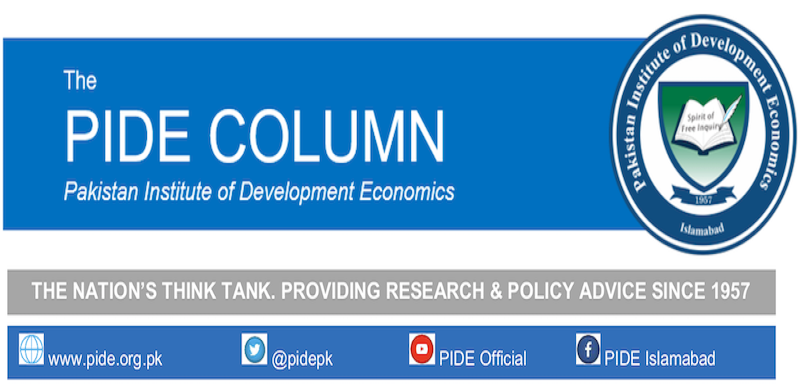
Providing low-cost and affordable housing options for lower income groups in the country is one of the promises that were made by Prime Minister Imran Khan and his party during their election campaign. Implementation plans for this have been set in motion with the establishment of Naya Pakistan Housing Scheme. For a city like Lahore, Prime Minister’s vision is to provide half a million housing units in next three years with particular emphasis on high-rise development.
The construction activity is aimed at providing housing options, generating jobs and encouraging investment leading to economic growth. More recently, the PM’s incentive package for the construction industry was announced -- despite the tax break, amnesty and subsidies, the construction package may not achieve its goals due to complex laws and conflicting regulations, faced by the construction industry.
In a city like Lahore, the glut of regulations is compounded by the fact that Lahore Development Authority (LDA) only controls 20 pc of the city. Numerous other agencies like TMA, LMC, PHATA & DHA control different jurisdictions, having their own independent regulations and approval procedures. Moreover, these different agencies are often seen pitted against each other in a play of regulatory competition. On the approval front, it often takes too long for builders to get permissions and the process is expensive as well. All this seriously impedes construction activity.
Construction of high-rise buildings is severely constrained in Lahore, due to height restrictions and the Floor Area Ratio (FAR), also referred to as the covered area of the building. These limits are too strict and do not favor high-rise development that the PM and the Cabinet has envisioned.
The FAR & height restrictions along with other regulations have resulted in low-height, single-housing units and 4-floor commercial units. This has become the norm in Lahore, like many other cities of Pakistan, leaving the city with box like structures. Height restriction has caused shortage of much needed city space. Given space scarcity the land for public and recreational use has begun to evaporate.
To fulfill the plans of providing pro-poor housing options and generating employment through investment in the construction sector, the advice that one can give to the authorities is; relax building laws and deregulate. A good starting point is to double the Floor Area Ratio (FAR) with complete removal of height restrictions to encourage high-rise development – the FAR limit itself takes care of the height limit. This simplicity can then be complemented with sky exposure guidelines to check environmentally irresponsible high-rise development.
The fear that relaxing height restrictions would lead to unabated high-rise development is unfounded. Constructing a high-rise is an expensive process. Builders will go for it only when the benefits outweigh the cost. This can only happen when there are minimal regulations. One area where the government can intervene is to increase the capacity of organizations such as TEPA, WASA, Sui Gas and LESCO to ensure availability of civic infrastructure for high-rise buildings. An integrated approach and inter-departmental coordination is required.
Another persistent issue that is also reflected in the approach taken by the Naya Pakistan Housing Scheme is the misplaced emphasis on housing schemes. This approach is detrimental when it comes to incentivizing small builders who often construct for self-use. On top of that restrictions on high-rise buildings on smaller plot sizes mean that small land-holders are institutionally discriminated against. This, both at a philosophical and practical level is contradictory to pro-poor housing approach that the government claims to adopt. High-rise mix-use, both commercial & residential, buildings should be a right of all, not just the big private builders and institutions.
Relaxing regulations and alignment of regulatory agencies can bring about a positive change to the city’s landscape in Lahore. This however would mean not repeating the same mistakes of the past and not facilitating, above all the rent-seeking behavior of regulatory agencies through complex laws.
Besides, the complex regulations that impede growth of the construction industry, lack of strategic urban planning is apparent. Lahore’s urban sprawl for instance has grown significantly over the past few decades, because of height restrictions on buildings and an over emphasis on tailoring city infrastructure, to suit car-based mobility. There has been an exponential increase in car and motorcycle ownership resulting in congestion in the city, environmental loss and decreasing standards of public transport. This legacy of car-centric urban development is even visible on either side of the Lahore Metro, which arguably is the most talked about public transport story.
Lahore, the city of Iqbal, known historically for its gardens and vibrant street bazaars, is now a victim of congestion and poor urban planning. Such poor planning has occurred thanks to institutions that were designed to protect the city. The need perhaps is to relax the laws and give the market a chance to play out its course. In doing so, we can also encourage construction at all levels, cover low-income housing shortage, create employment and invigorate the city and country’s economy.
